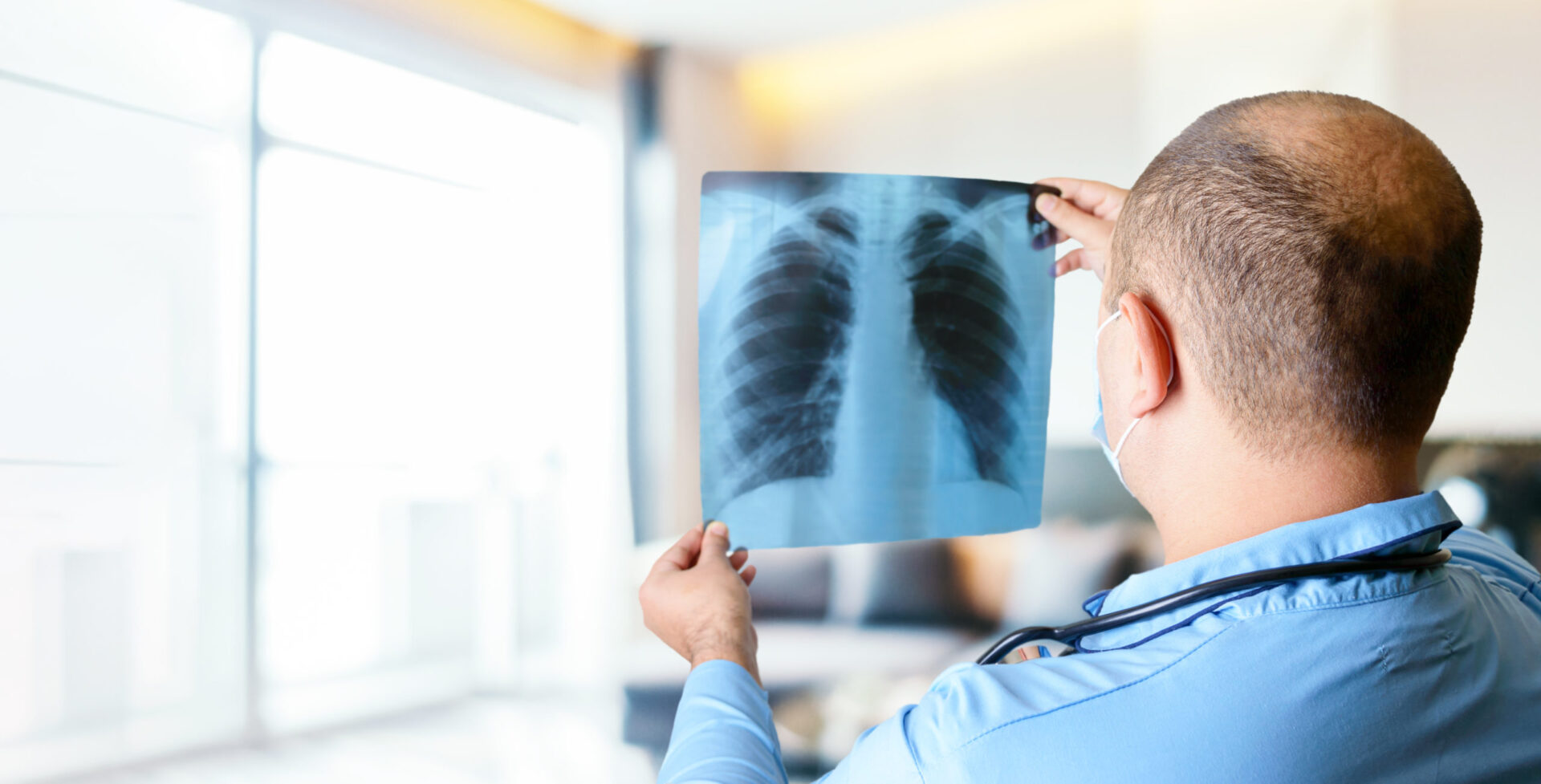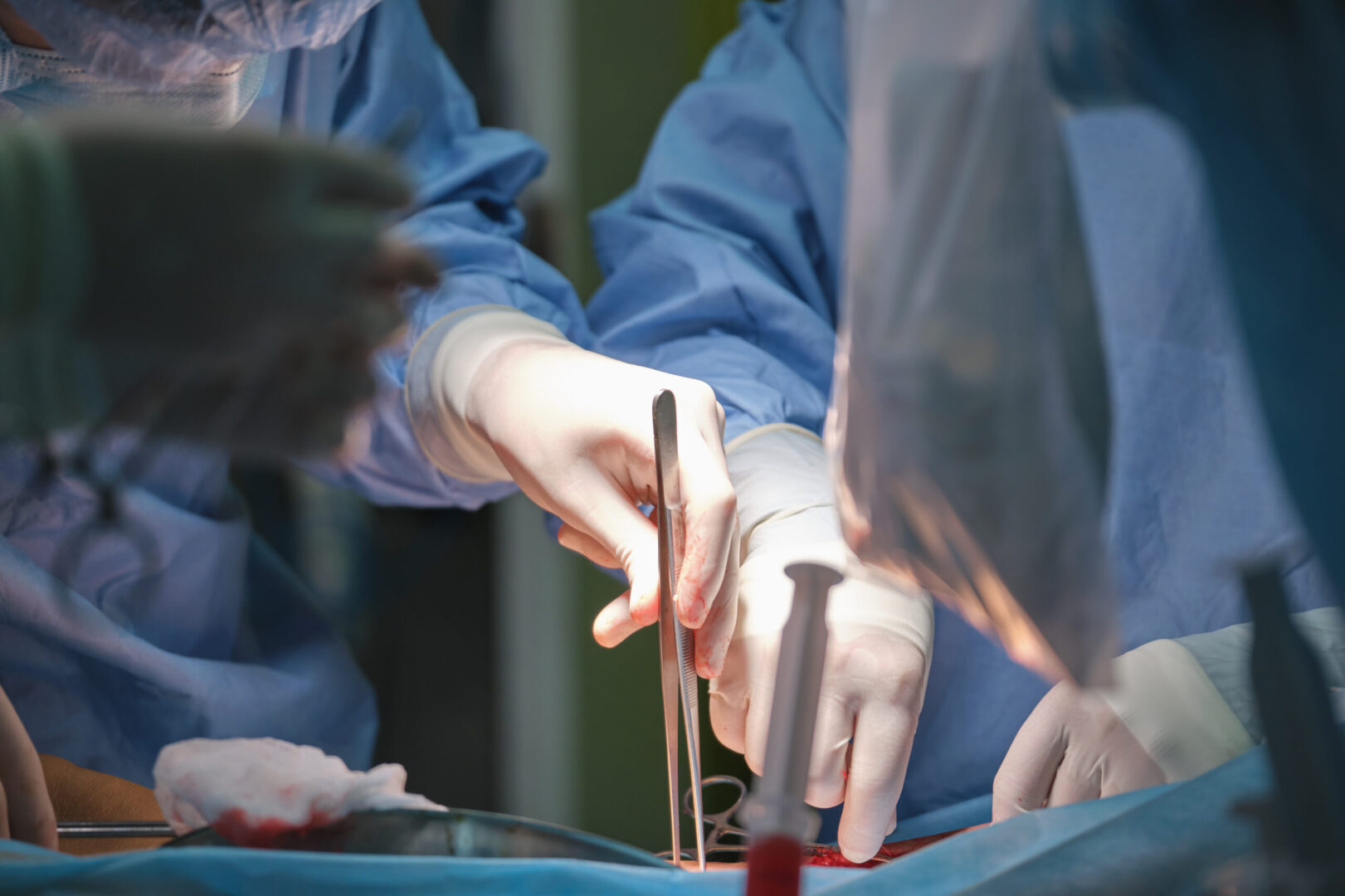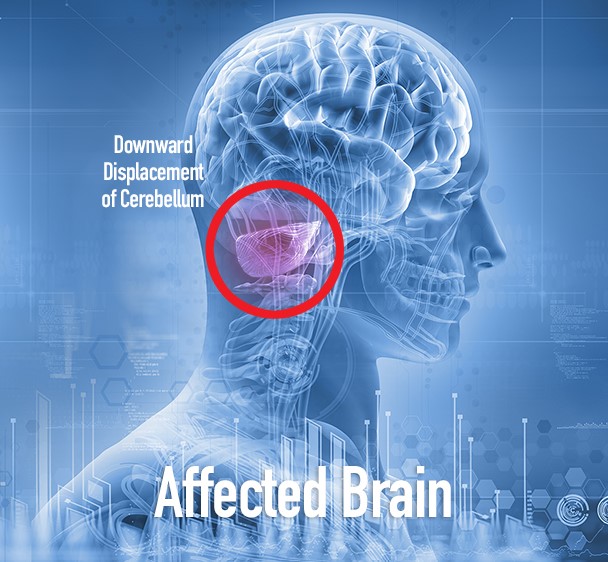Learning objectives
- Identification of patients at risk for pulmonary aspiration
- Reducing the risk of pulmonary aspiration
- Management of pulmonary aspiration
Definition
- The inhalation of oropharyngeal or gastric contents into the larynx and the respiratory tract
- Aspiration accounts for more deaths than failure to intubate or ventilate
- May lead to chemical pneumonitis, bacterial pneumonia, or acute respiratory distress syndrome
Signs and symptoms
- Symptoms can range from none to respiratory failure and subsequent cardiac arrest in a massive aspiration event
Risk Factors
| Patient factors | Full stomach |
| Emergency surgery | |
| Inadequate fasting time | |
| Gastrointestinal obstruction | |
| Delayed gastric emptying | Systemic diseases, including diabetes mellitus and Chronic kidney disease |
| Recent Trauma | |
| Opioids | |
| Increased intracranial pressure | |
| Previous gastrointestinal surgery | |
| Pregnancy (including active labor) |
|
| Incompetent lower oesophageal sphincter | Hiatus hernia |
| Recurrent regurgitation | |
| Dyspepsia | |
| Previous upper gastrointestinal surgery | |
| Pregnancy | |
| Esophageal diseases | Previous gastrointestinal surgery |
| Morbid Obesity | |
| Surgical factors | Upper gastrointestinal surgery |
| Lithotomy or head down position |
|
| Laparoscopy | |
| Cholecystectomy | |
| Anesthetic factors | Light anesthesia |
| Supra-glottic airways | |
| Positive pressure ventilation | |
| Length of surgery > 2 h | |
| Difficult airway | |
| Device factors | First-generation supra-glottic airway devices |
Prevention
| Reducing gastric volume | Preoperative fasting |
| Nasogastric aspiration | |
| Prokinetic premedication | |
| Avoidance of general anesthetics | Regional anesthesia |
| Reducing pH of gastric contents | Antacids |
| H2 histamine antagonists | |
| Proton pump inhibitors | |
| Airway protection | Tracheal intubation |
| Second-generation supraglottic airway devices | |
| Prevent regurgitation | Cricoid pressure |
| Rapid sequence induction | |
| Extubation | Awake after return of airway reflexes |
| Position (lateral, head down or upright) |
Management
- Anesthesiologists should have a low index of suspicion for aspiration
- Emergency anesthesia on its own is an important risk factor for aspiration
- Management is supportive
- The trachea should be suctioned after securing a safe airway, ideally before positive pressure ventilation to prevent the distal displacement of aspirated material
- Antibiotics should only be used if pneumonia develops, early antibiotics may lead to the selection of virulent bacteria including pseudomonas
- There is no evidence that using steroids either reduces mortality or improves outcome
Suggested reading
- Michael Robinson, MB ChB FRCA, Andrew Davidson, MA MBBS FRCA FFICM, Aspiration under anaesthesia: risk assessment and decision-making, Continuing Education in Anaesthesia Critical Care & Pain, Volume 14, Issue 4, August 2014, Pages 171–175.
- Asai T. Editorial II: Who is at increased risk of pulmonary aspiration?. Br J Anaesth. 2004;93(4):497-500.
We would love to hear from you. If you should detect any errors, email us customerservice@nysora.com








